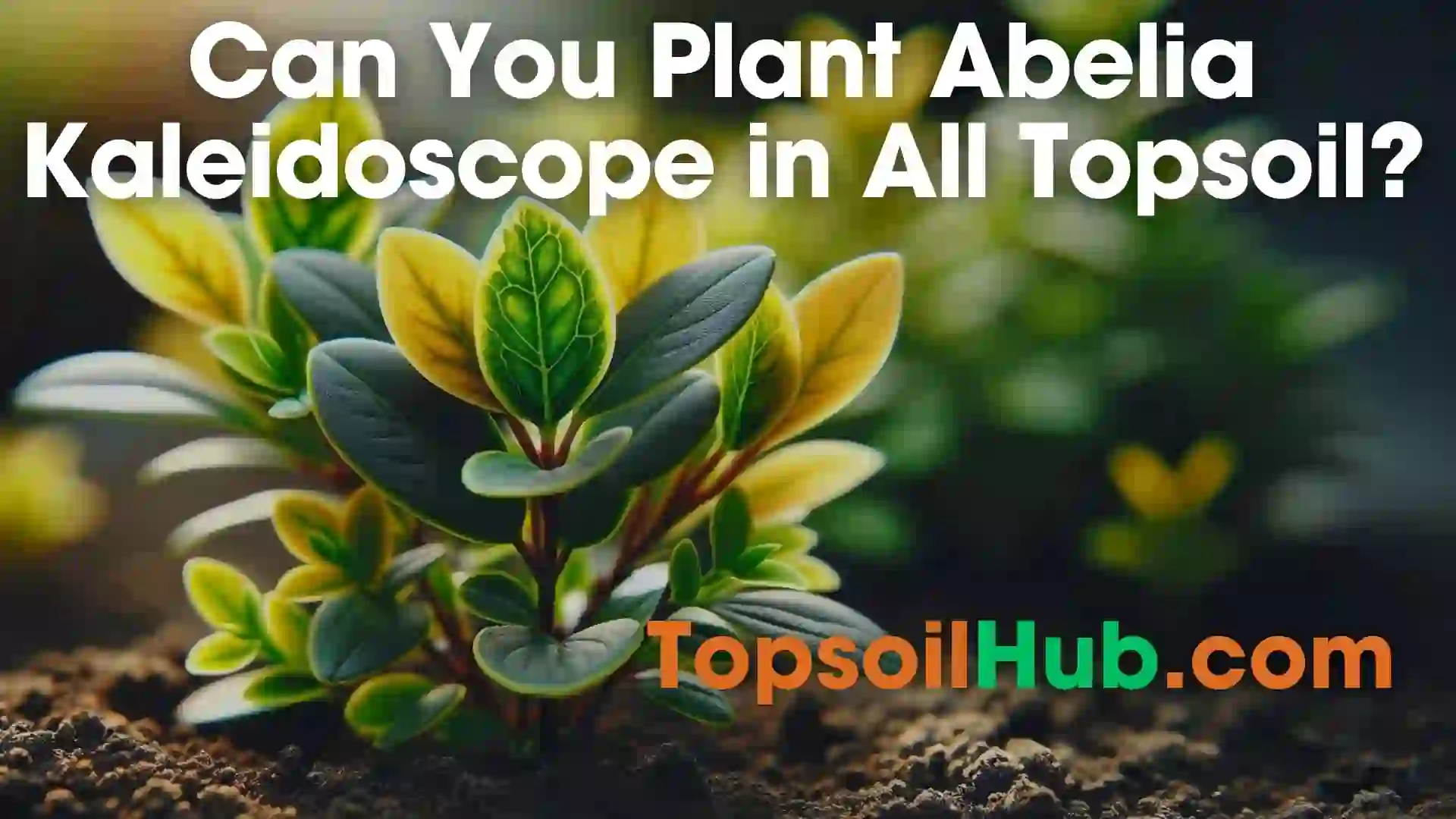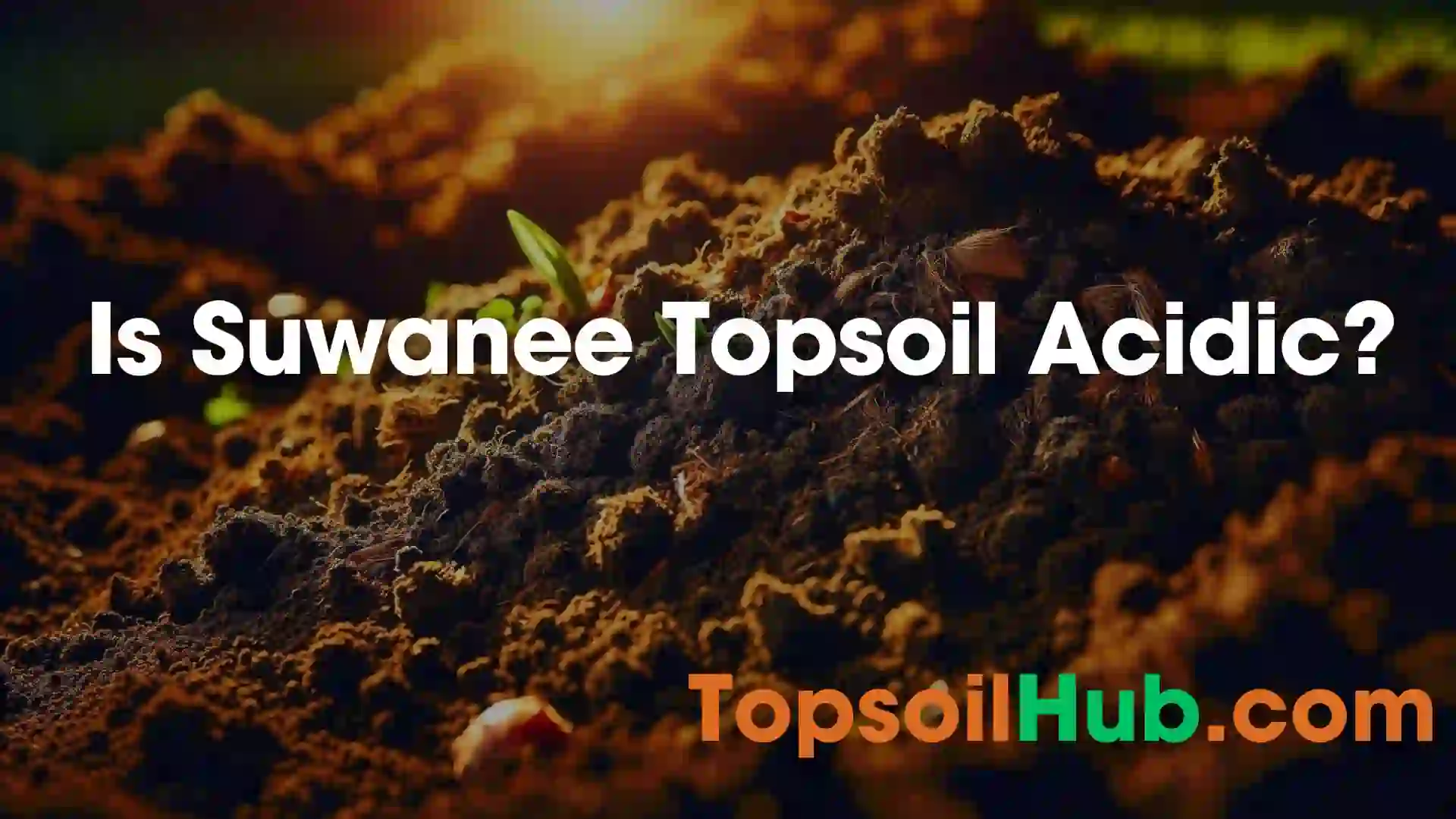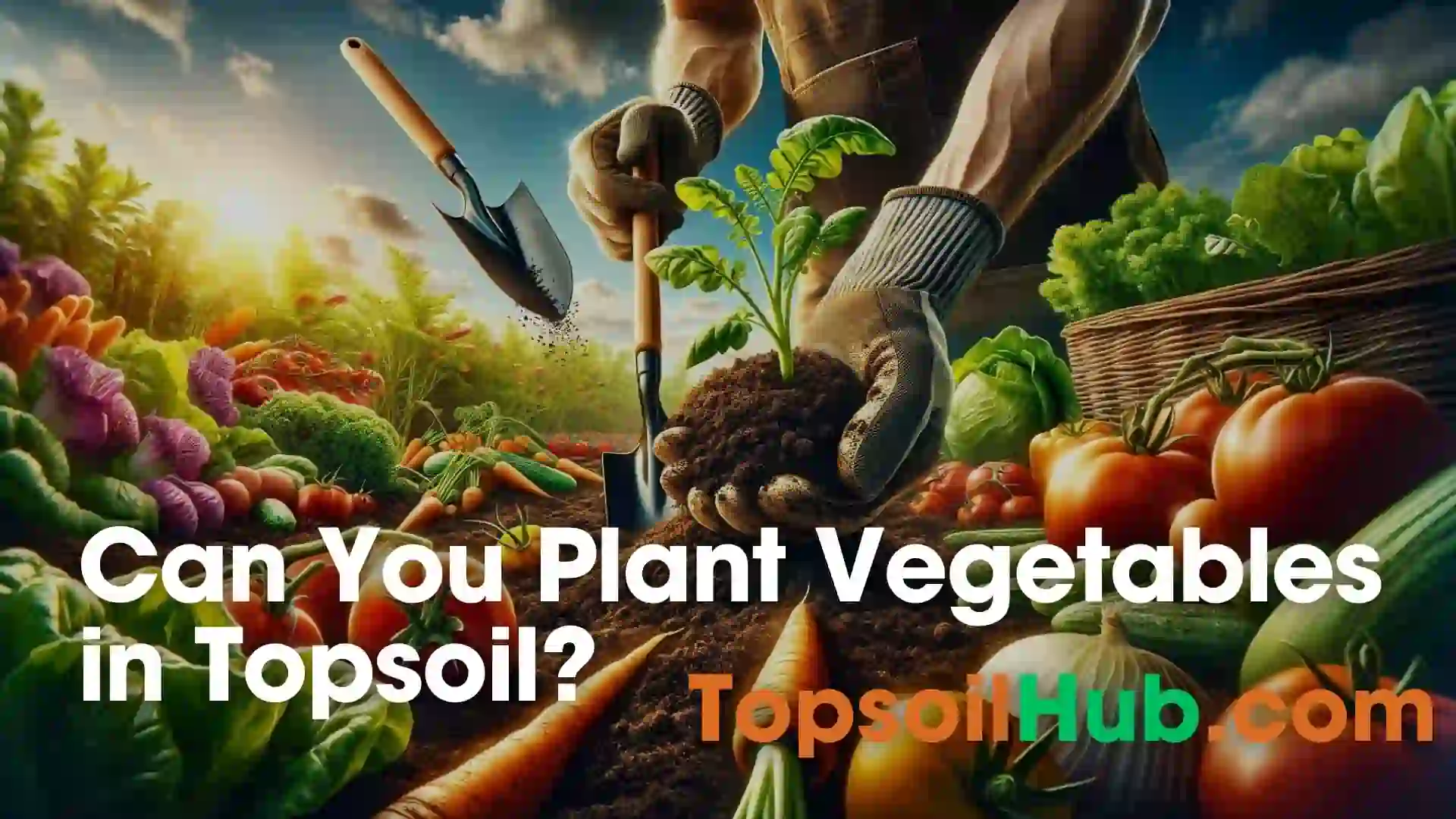Which Action Destroys Topsoil?
The topsoil is the top layer of soil that contains essential nutrients and organic matter that are essential to plant growth. It also hosts a rich diversity of life, including bacteria, fungi, insects, and worms. In addition to being a vital resource for food production, ecosystem services, and human well-being, topsoil is also a finite resource, and once it is lost, it takes hundreds of years to regenerate.
In recent years, human activities have significantly destroyed topsoil, which is a major environmental issue that needs to be addressed. We will examine the actions that can destroy topsoil in this blog post, as well as the severe consequences that they can have for soil health.
Which Action Destroys Topsoil? – Quick Answer
The main actions that destroy topsoil are deforestation, overcultivation, and overgrazing. These activities can lead to soil erosion, decreased fertility, and air and water pollution. These activities can also lead to a decrease in biodiversity, a decrease in the availability of water for irrigation and drinking, and an increase in poverty. These activities can also have long-term effects, such as desertification, climate change, and sea level rise.
4 Major Causes of Topsoil Destruction
1. Soil Erosion:
One of the main causes of topsoil destruction is soil erosion. Soil erosion is the process by which soil is moved from one place to another by water, wind, or other natural forces. This process is accelerated by human activities such as deforestation, overgrazing, and tillage. When soil erosion occurs, the topsoil is removed, and the nutrients that support plant growth are lost. This can lead to reduced crop yields, decreased biodiversity, and soil degradation.
2. Deforestation
Deforestation is another human activity that destroys topsoil. Trees play a critical role in soil conservation. They help to stabilize the soil, prevent soil erosion, and contribute organic matter that improves soil fertility. When trees are cut down, the soil becomes exposed to natural forces, and soil erosion occurs. This can lead to the loss of topsoil, decreased soil fertility, and increased sedimentation in rivers and streams.
3. Overgrazing
Overgrazing is also a significant cause of topsoil destruction. When livestock graze excessively on a piece of land, they remove the vegetation cover that protects the soil from erosion. This exposes the soil to the elements, and soil erosion occurs. Overgrazing can also lead to soil compaction, which reduces soil fertility and inhibits plant growth.
4. Tillage
Tillage is another human activity that destroys topsoil. Tillage is the process of preparing soil for planting by breaking up the soil and loosening it. While tillage can be beneficial in some cases, it can also lead to soil erosion and topsoil destruction. When soil is tilled, the soil structure is disrupted, and the soil becomes more susceptible to erosion. Tillage can also lead to soil compaction, which reduces soil fertility and inhibits plant growth.
What Are the Effects of Topsoil Destruction?
Topsoil destruction has serious consequences for the environment and human society. Some of the effects are:
1. Reduced crop yields:
Topsoil provides nutrients and water for crops. When topsoil is lost, crop productivity declines. This can threaten food security and increase poverty. According to Our World in Data, global crop yields have increased dramatically in recent decades due to improvements in agricultural technology and practices. However, this trend could be reversed if topsoil destruction continues.
2. Decreased biodiversity:
Topsoil supports a rich diversity of life forms that play important roles in ecosystem functioning. When topsoil is lost, biodiversity is reduced. This can affect ecosystem services such as pollination, pest control, nutrient cycling, and carbon sequestration.
3. Soil degradation:
Topsoil loss can lead to soil degradation, which is the deterioration of soil quality and function. Soil degradation can manifest as nutrient depletion, acidification, salinization, contamination, or desertification. Soil degradation can reduce agricultural productivity, increase greenhouse gas emissions, and affect human health.
4. Water pollution:
Topsoil loss can increase sedimentation in rivers and streams. This can reduce water quality and affect aquatic life. Sedimentation can also increase the risk of flooding and landslides.
How Can We Protect Topsoil?
To address the issue of topsoil destruction, it is essential to adopt sustainable land management practices that promote soil conservation and protect topsoil. Some of these practices are:
1. Reducing soil erosion:
Soil erosion can be reduced by maintaining vegetation cover on the land, using mulch or cover crops to protect the soil surface, planting trees or shrubs along slopes or riverbanks to prevent runoff or wind erosion, creating terraces or contour plowing to reduce water flow on slopes, or using erosion control structures such as dams or ditches.
2. Promoting reforestation:
Reforestation can help restore topsoil by providing shade, organic matter, and root systems that stabilize the soil. Reforestation can also enhance biodiversity, carbon sequestration, and water regulation.
3. Practicing rotational grazing:
Rotational grazing is a method of managing livestock grazing that involves moving animals from one pasture to another at regular intervals. This allows the vegetation to recover and prevents overgrazing and soil compaction.
4. Reducing tillage:
Reducing tillage or adopting no-till farming can help preserve topsoil by minimizing soil disturbance and maintaining organic matter. No-till farming involves planting seeds directly into the residue of previous crops without plowing or harrowing the soil. This can reduce soil erosion, improve soil structure, and increase soil fertility.
Conclusion
In conclusion, actions such as human activities such as soil erosion, deforestation, overgrazing, and tillage have caused significant destruction to topsoil. This has led to reduced crop yields, decreased biodiversity, and soil degradation. To address this issue, it is essential to adopt sustainable land management practices that promote soil conservation and protect topsoil. These practices include reducing soil erosion, promoting reforestation, practicing rotational grazing, and reducing tillage. By adopting these practices, we can protect our planet’s topsoil and ensure that it continues to support plant growth and biodiversity for generations to come. And, of course, don’t forget to plant some trees because nothing says sustainable land management like a shady spot to sit and relax!







